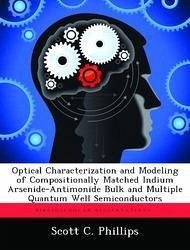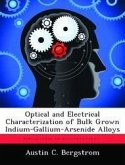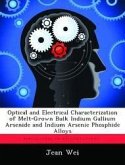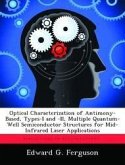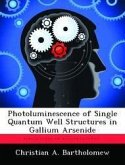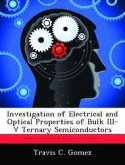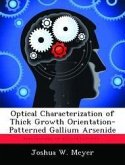Indium arsenide-antimonide (InAs1-xSbx) semiconductors have been determined to emit in the 3-5?m range, the window of interest for countermeasures against infrared electro-optical threats. This experiment set out to cross the bulk to quantum well characterization barrier by optically characterizing two sets of compositionally matched type I quantum well and bulk well material samples. Absorption measurements determined the bandgap energy of the bulk samples and the first allowed subband transition for the quantum wells. By collecting absorption spectra at different temperatures, the trend of the energy transitions was described by fitting a Varshni equation to them. The expected result of the quantum well always having slightly higher energy than its bulk counterpart was observed. An etalon effect was also observed in the quantum wells, caused by the cladding layers in those samples. Photoluminescence spectra were also collected to characterize the change in electron temperature (Te) as the excitation power was varied. As expected, Te increased with increasing power and increasing temperature. The start of the longitudinal optical phonon dominated cooling range due to excitation intensity was also determined for the samples from 1/Te. It was found that the quantum well required higher excitations intensities to achieve this effect. Lastly, the energy transitions found for the quantum well samples were compared to those found by a finite element method (femb) model. The predicted energies all laid a constant value above what was found experimentally, indicating the program had a translation error within it.

